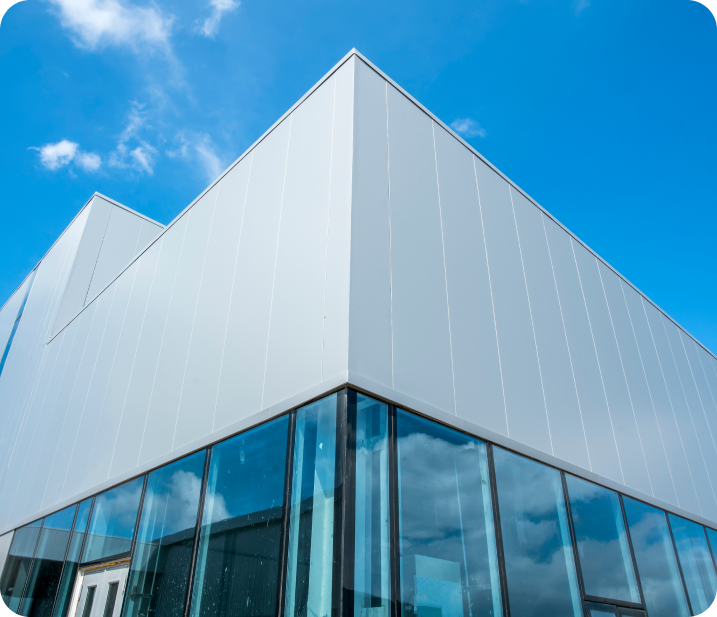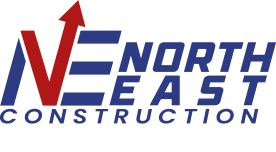Sustainability
- Home
- Sustainability
North East Construction
Green Building, where Simple
Practices can meets Sustainability.
We at Northeast Construction committed to sustainable construction practices by integrating simple green practices into our projects. We prioritize environmental responsibility, resource efficiency and occupant well-being, aiming to minimize our environmental footprint and positively impact communities.

Simple practices we prioritize
to follow in our Projects

Manage Waste
Sort and recycle materials like metal, wood, and concrete to reduce trash and save resources.

Save Water
Reuse water whenever possible, like collecting rainwater for dust control and cleaning, to save on fresh water use.

Use Energy-Saving Equipment
Choose energy-saving LED lights and efficient machinery to cut down on electricity and fuel use.

Choose Green Materials
Use materials that are eco-friendly or recycled, and buy from local suppliers to reduce transport emissions.

Let in Natural Light and Air
Plan layouts to make the most of natural light and air so you don’t need as much lighting or ventilation.

Avoid Idling Machines
Turn off equipment when it’s not being used to save fuel and reduce pollution.

Protect Plants and Trees
Keep existing trees safe and consider planting more after the project to help the environment.

Control Dust
Cover materials and spray water on dusty areas to keep the air cleaner on and around the site.

Train the Team
Teach workers about these green practices to make sustainability part of the work culture.

Reduce Soil Disturbance
Plan work to prevent soil erosion and protect nearby water from getting dirty during digging.
By adhering to these practices, we can significantly improve environmental sustainability, enhance occupant health and well-being and contribute to a more sustainable future.
Sustainability
Why Green Buildings?
Green building is a comprehensive approach that prioritizes sustainability, resource efficiency, and environmental responsibility. We can significantly reduce our environmental impact, create healthier and more comfortable spaces, and drive long-term economic growth. As sustainability becomes increasingly important, green building will continue to shape the future of construction.
Environmental Benefits

Reduced Carbon Footprint
Minimize energy consumption and greenhouse gas emissions.

Resource Conservation
Conserve water, reduce waste, and utilize sustainable materials.

Improved Air and Water Quality
Enhance indoor air quality and reduce water pollution.
Economic Benefits

Lower Operating Costs
Reduce energy and water consumption, leading to lower utility bills.

Enhanced Property Value
Increase property value and attract premium tenants or buyers.

Job Creation
Stimulate job growth in sustainable construction and related industries.
Social Benefits

Improved Health and Well-being
Create healthier indoor environments and enhance occupant productivity.

Enhanced Comfort
Provide comfortable spaces with natural light, optimal temperature, and reduced noise.

Community Engagement
Foster community engagement and improve quality of life.
Regulatory and Market Advantages

Compliance with Regulations
Adhere to environmental regulations and qualify for incentives.

Market Differentiation
Attract environmentally conscious tenants, investors, and buyers.

Risk Mitigation
Reduce risks associated with climate change and regulatory changes.
Long-term Sustainability

Future-proofing
Adapt to changing environmental conditions and regulatory requirements.

Legacy Impact
Create a sustainable built environment for future generations.
